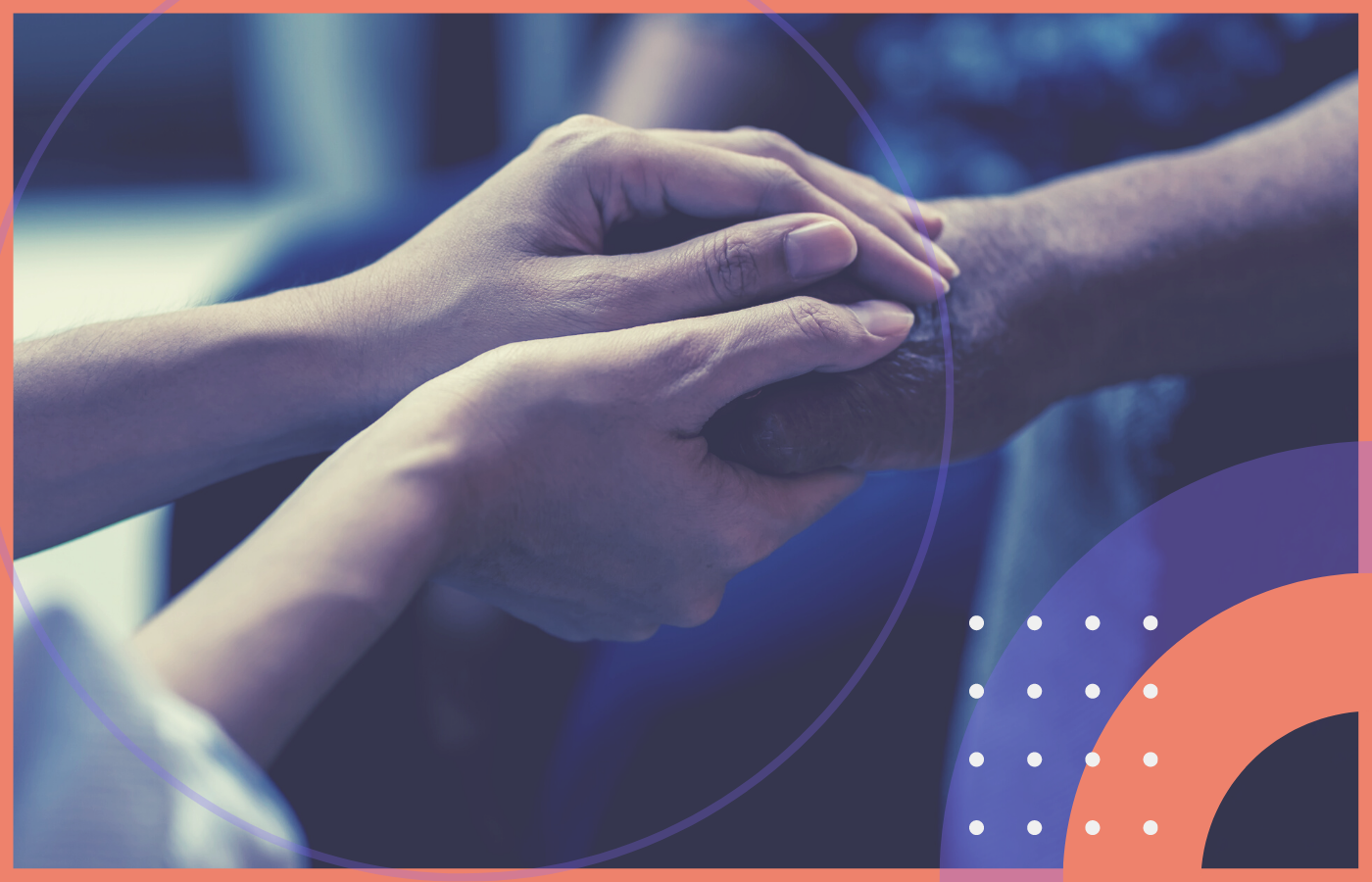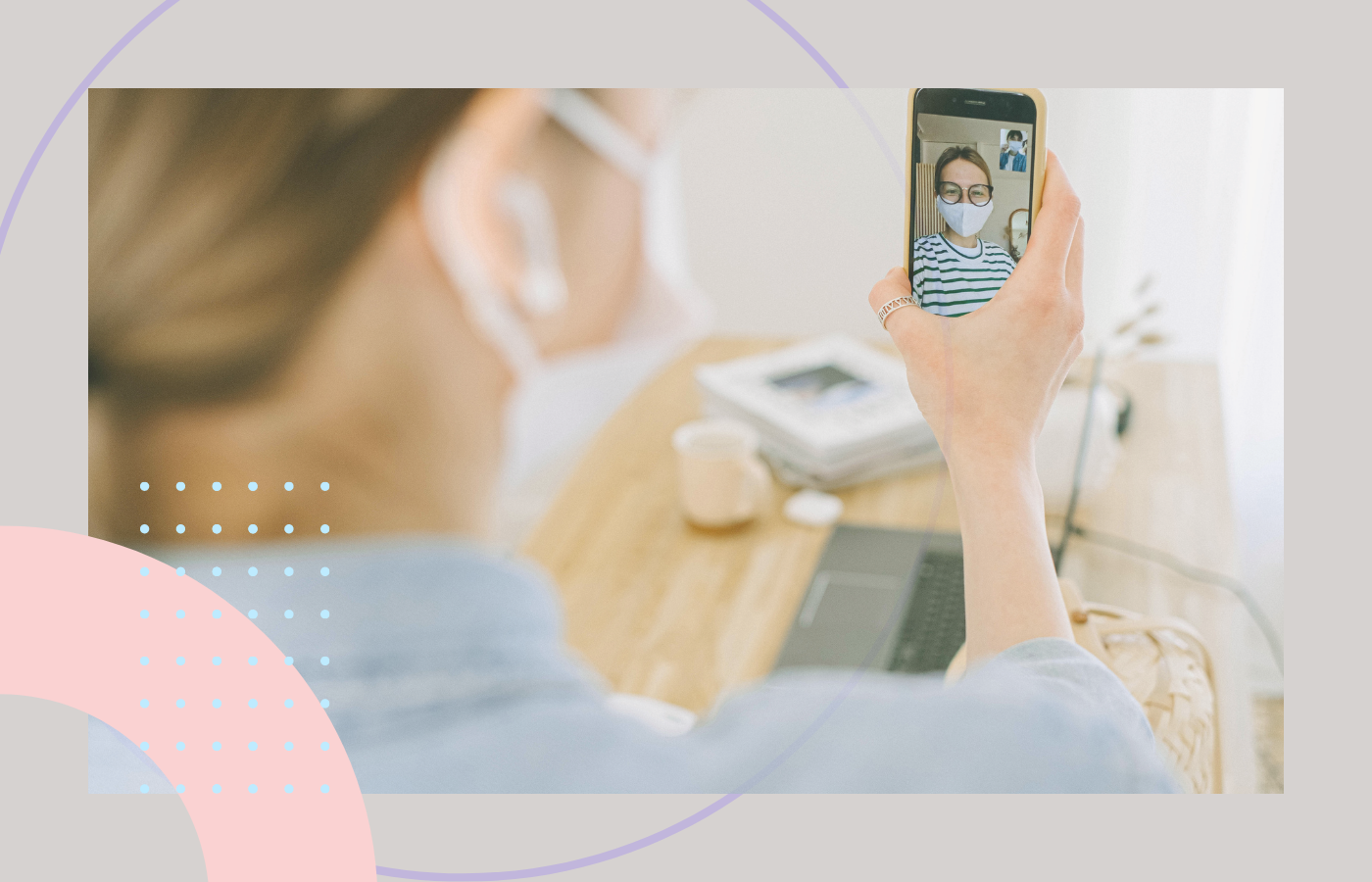Even before the spread of COVID-19 forced millions of people around the world to isolate, the decline of human contact in our digital world was taking a toll. In the great debate about the merits and difficulties of a world dependent on technology, the jury is still out.
In some ways, we may fault technology for our culture’s rampant obsession with status, or the resulting depression and even addiction in the younger generations. In other ways, we praise it for making our lives easier, for making information available to the masses, and for its ability to connect us with others across the globe.
While we may agree with the risks of allowing technology such a vital place in our lives, we have all, in some way or another, cosigned the idea that through technology, we can improve how we communicate and connect with each other. Some technology, like video conferencing, brings people together and breaks through the barriers of isolation.
The Need for Human Connection
Since the dawn of humanity, we have needed connection with others of our kind, just as much as we needed food, water, or shelter. This is because, in many ways, banding together was our ticket to successfully meeting all other needs. As evidenced by early cave drawings all the way to today’s obsession with social media, we’ve long felt convinced of our need to communicate important messages, share about dangers on the horizon and even to celebrate successes with one another. Although the medium has changed over time, the fundamental service that these platforms appear to provide remains the same.
In the years since those early attempts at human connection, our society was on a path towards individualism, and as a whole becoming lonelier and more and more isolated from one another. Tricked time and time again by a consumerist mindset that told us that we are always “only 3 easy payments of $19.99” away from happiness, we’ve continually failed to learn our lesson. With the advent of the internet, we fared no better.
In his poignant discussion of the root causes of depression, Johann Hari points out that we are drawn to these manufactured forms of connection because at first, we believe that they are the real thing. However, no matter the number of emoji’s, gifs, or iMessages sent with special effects, communication online fails to measure up to the real thing, and only leaves us clamoring for our next ‘fix’.
“Only through our connectedness to others can we really know and enhance the self. And only through working on the self can we begin to enhance our connectedness to others.” ― Harriet Lerner
What Does This Mean for Clinicians?
Recent research reveals that the average person checks their phone 96 times per day or roughly every 10 minutes, and spend nearly half their day listening to, watching, reading, or otherwise consuming media. The Behavioral Health Industry is not immune to these societal changes. Although the therapy room may be one of the last frontiers where two individuals connect with one another for an extended length of time, uninterrupted, the battle for such a structure and even mandates for concurrent documentation appears to threaten this practice.
In some ways, clinicians are expected to provide a remedy for this lack of human connection, as well as a model for the path forward. It is crucial to this task to consider both the role of technology in both fostering and hindering human connection, and to discover the balance between consuming the content available to us and engaging with the people in front of us.
True, because of technology, we are aided in our ability to get tasks done more quickly and connect with others across the globe, but we must not neglect our connection to the natural world. For many reasons, this is why wilderness therapy has been so successful, in that it helps you retain your connection with the world around you.
Partnering with Alleva
At this time in history, we are navigating two worlds: the physical and the virtual. It is altogether vital to remember which one fosters true, fulfilling, human connection, and that which is only masquerading as such. Technology is important, but only when we remember its true purpose, to aid the lives of those behind the screen.
At Alleva, we are all about harnessing technology that helps you get back to what you do best- providing authentic, in-the-moment care. From our intuitive design and easy-to-use templates, with HIPAA-compliant communication logs, and tasks and notifications all in one place, spend less time stressing out over the tediousness of record management and invest your time instead back to the clients who have sought you out for treatment.
Quickly access and edit client notes, create individualized treatment plans based on Wiley Treatment Planners best practices, and assign the corresponding homework. With Alleva, you are able to deliver the same high-quality, individualized treatment that your clients have come to expect. Have your technology work for you, not the other way around. Less headache, more connection.





 Incarceration vs rehabilitation methods have been hotly debated over the years and recent research has emerged that has greatly improved practices and progress in treating addiction as a health issue. However, some practices are in direct conflict with what others consider proper care.
Incarceration vs rehabilitation methods have been hotly debated over the years and recent research has emerged that has greatly improved practices and progress in treating addiction as a health issue. However, some practices are in direct conflict with what others consider proper care.
 (877) 425-5382
(877) 425-5382